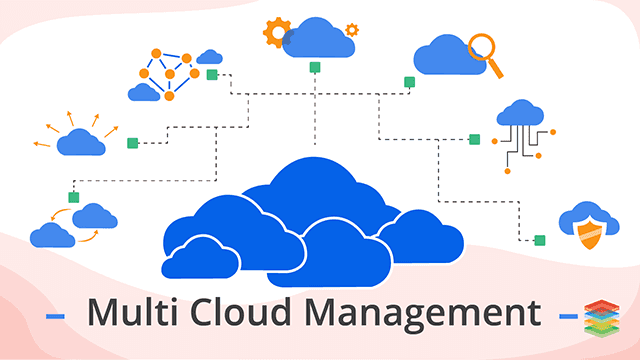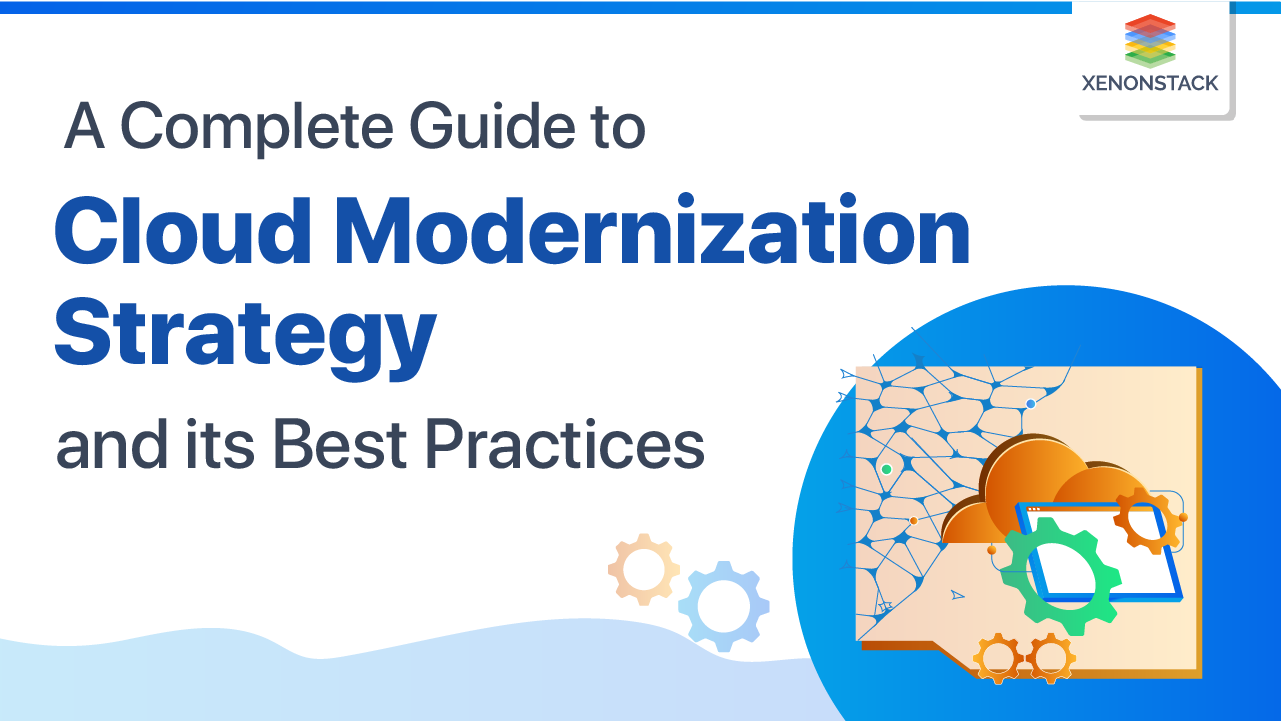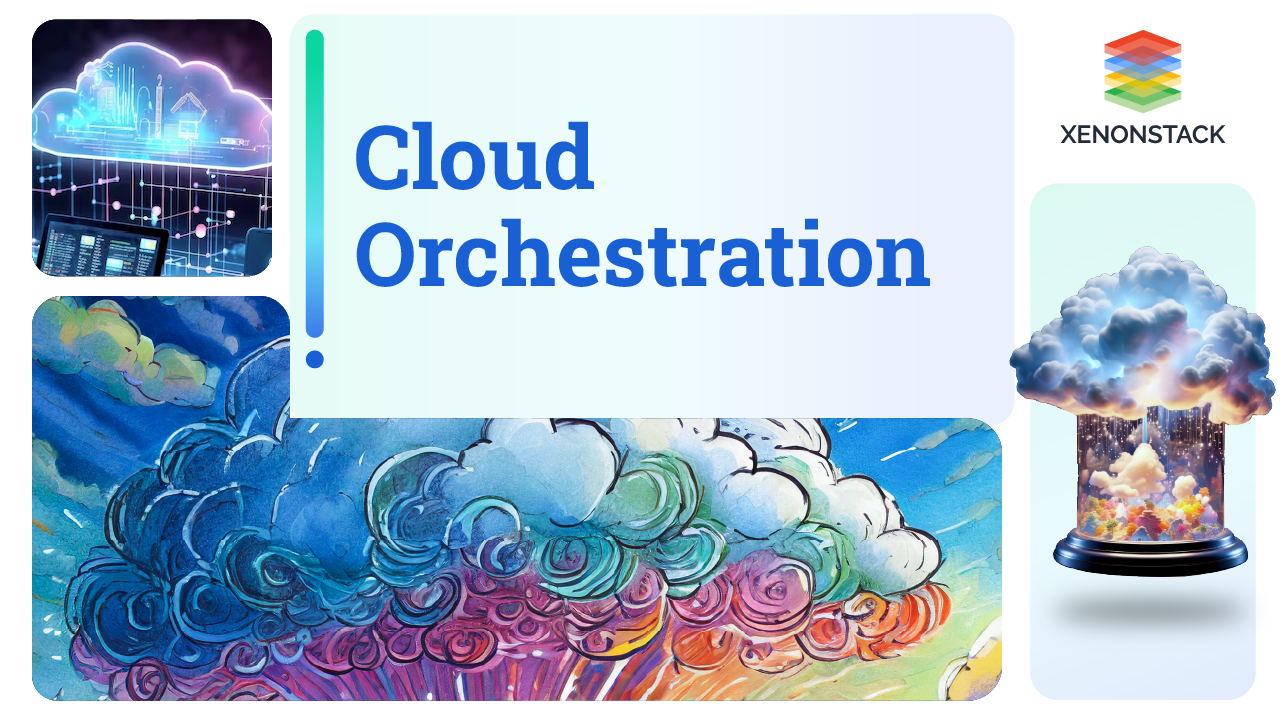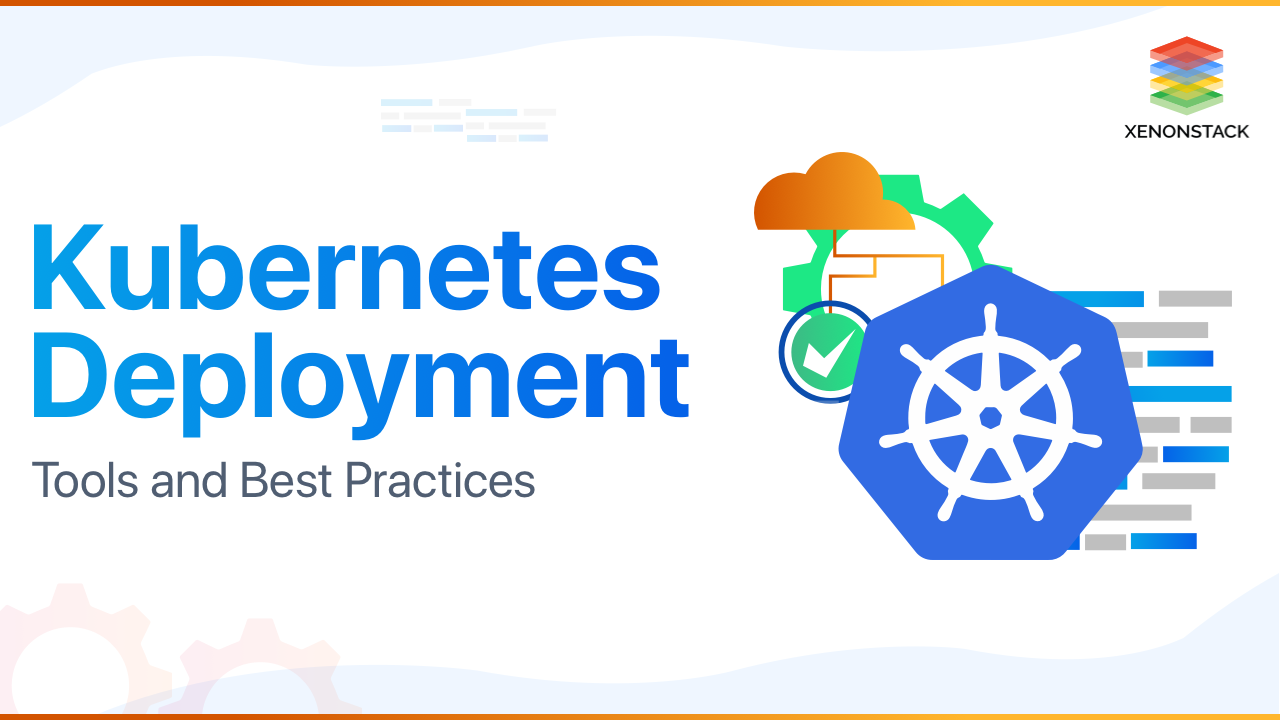
Introduction to Cloud Environment
Many IT and network administrators are becoming overwhelmed as their companies shift more of their resources to various public cloud providers. As each vendor has a unique set of resources, customer needs, and rules, Multi-cloud Management can be seen as a dynamic amalgamation of disparate environments, resulting in chaos, instability, and spiraling costs. However, for several businesses, multi-cloud is the new standard. But we can't deny handling cloud-based systems from various vendors is not always easy. Most IT experts are perplexed by the word "multi-cloud." But there are several multi-cloud management techniques and technologies available, but the best ones share many characteristics. Maybe the most powerful feature is compatibility with containers, which enables workloads to be moved more efficiently across various cloud services than virtual machines. As a result, support for containers and Kubernetes is critical for solid multi-cloud management. Another characteristic of efficient multi-cloud management systems is automation. Automation enables IT teams to rapidly and efficiently launch, track, and protect systems, as well as scale their operations without being overloaded. As a result, automation assists companies in managing the complexities of multi-cloud environments Let us first start with the basics.What is Multi-Cloud Management?
Multi-cloud is when an organization uses more than one cloud platform service for its different application needs. A multi-cloud is usually comprised of a private and public cloud to fulfill the organization's end goals, which vary from organization to organization. Multi-cloud Management often uses several different available architectures, such as Infrastructure-as-a-Service (IaaS), platform-as-a-service (PaaS), and Software-as-a-Service (SaaS), to attain a complete business goal. Various cloud providers are used according to the requirements of specific workloads/applications. Multi-cloud is a strategy applied by CXOs, Technology Architects. A multi-cloud strategy allows enterprises to select different cloud services or features from various providers. It will enable companies to choose public, private, or hybrid cloud options and consolidate multi-cloud to make their plan more customized.How does Multi-Cloud Management Work?
Let's see How Cloud Management works. Cloud-Native Functions are architected in such a way as to run in the elastic and distributed nature of modern cloud computing platforms such as AWS and private clouds like OpenStack. Multi-cloud strategies include using both hybrid environments, but they mainly rely on more than one public cloud provider such as AWS, GCP, and Azure. The approach eliminates the need for complete cloud migration since some sensitive data remains on that enterprise's on-premise servers. Enterprises usually choose to store some user data on-premises, using one cloud provider for its IaaS needs and another for PaaS or SaaS needs. Different cloud service providers are used for various unique business functions.Why Multi-Cloud Approach Matter?
Following are the reasons why Multi-Cloud matters –- Going Multi-Cloud removes the monopoly of one particular cloud and vendor-lock-in.
- Different applications have different workload needs. For an individual application, a suitable cloud provider can be used.
- The multi-cloud management strategy also offers various security precautions that a single cloud provider's deployment cannot provide.
- A well-managed multi-cloud environment also allows various groups to comply with different IT policies while also reaping the benefits of a particular cloud provider.
Benefits of Adopting Multi-Cloud Strategy
Multi-Cloud management benefits are listed below –- All of the cloud providers, such as AWS, GCP, and Azure, can be used to spin up infra instantly and tear it down when not required.
- If one of the clouds goes offline, we can use other clouds' services and keep our services up.
- Multi Clouds are easily customizable. They are flexible, which allows us to select the best cloud type to suit our particular business needs.
- When an enterprise goes for multi-cloud adoption, they can easily escape vendor lock-in of 1 provider as all their data is being stored on different service providers' clouds and in various locations.
Best Practices for Multi-Cloud Management
Following are the Best Practices that should be developed while adopting Multi-Cloud –- Security should be the first and foremost concern while taking Multi-Cloud.
- One should adopt both continuous and adaptive security
- Utilize Private cloud, Public cloud as well as hybrid cloud.
- It helps in connecting applications on-premise to the applications running in the cloud.
- Multiple clouds, when connected, also enable pipeline automation from development to production.
- Leverage redundancy and protection features and services of modern cloud providers. It can help enterprise's all services and data storage against all security threats. Thus preventing any outages from happening.
- Keep a backup of critical applications on multiple clouds. So that if any cloud goes offline/down, then other cloud providers remain online to provide uptime for applications and their users.
Top 5 tools for Multi-Cloud Management
- BMC Cloud Lifecycle Management - With self-service capabilities and integration with common DevOps platforms, it is intended to simplify full-stack deployment. In the Forrester Wave for hybrid cloud management, it was called a "Strong Performer."
- Flexera (RightScale) Cloud Management Platform -RightScale, a pioneering provider of multi-cloud software solutions, was purchased by Flexera in late 2018. Flexera also offers RightScale's approach as the Flexera Cloud Management Platform today (CMP)
- HyperGrid - In June 2020, HyperGrid and iQuate merged to create CloudSphere, which provides a combined multi-cloud network for businesses to schedule cloud migrations and handle cloud costs and protection.
- Nexastack - NexaStack provides a unified management pane for multiple public cloud platforms and enables its customers to work across various IaC frameworks.
- VMware CloudHealth - VMware acquired CloudHealth Technologies in 2018 and continues to sell the company's multi-cloud control solutions under the name CloudHealth, whilst also strengthening integration with VMware items.
A Holistic Strategy
There are widespread cases of using multiple cloud platforms. Multi-Cloud managing an environment is not easy. This is annoying when there is a mix of diverse applications and an increasing distribution of users. In this complicated environment, management tools for multi-cloud environments are needed to be indispensable in order to maximize the functions of every cloud platform and minimize costs. These tools are also needed to ensure compliance requirements. Companies are looking for alternatives to manage their cloud strategies in a better way to faster their business operations and execute tasks effectively.
- Explore About Cloud Platform Engineering - key to hybrid cloud strategy
- Discover more Role of Cloud-Native in Managing Big Data Applications


